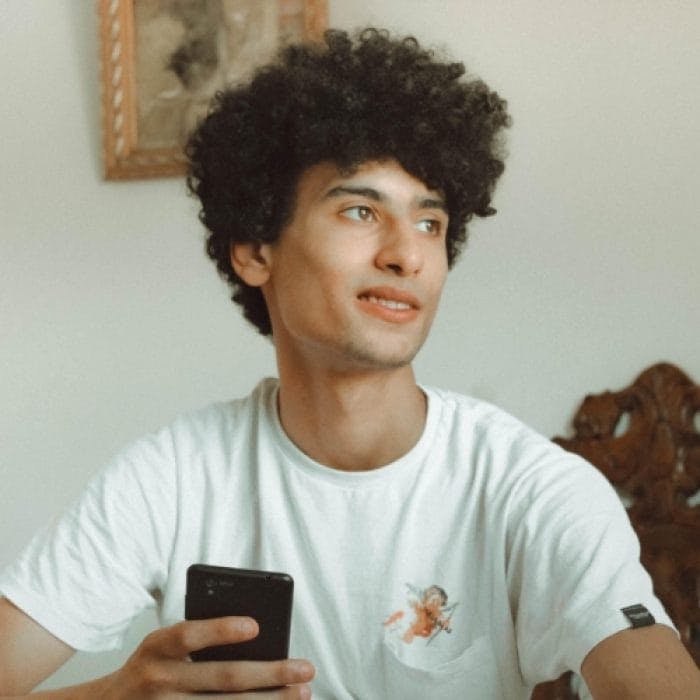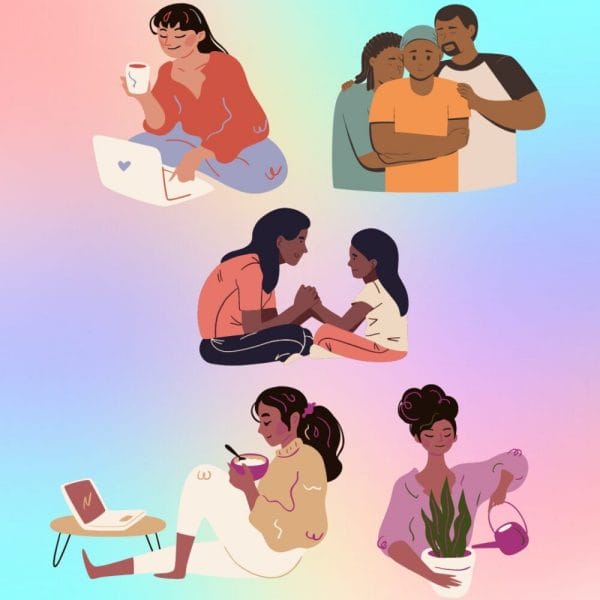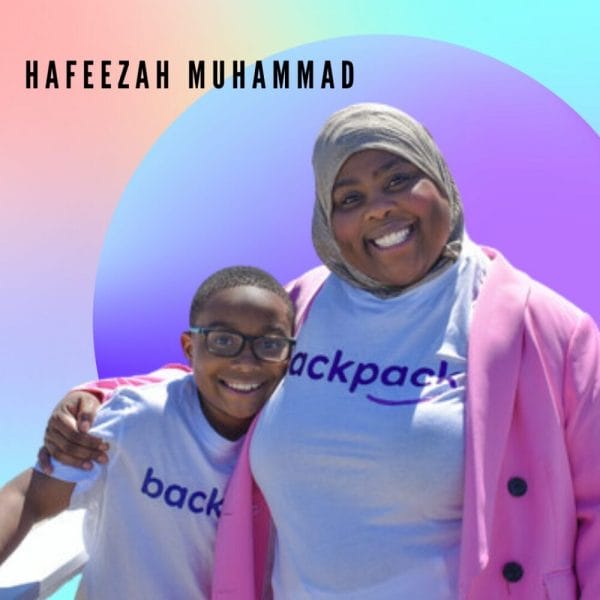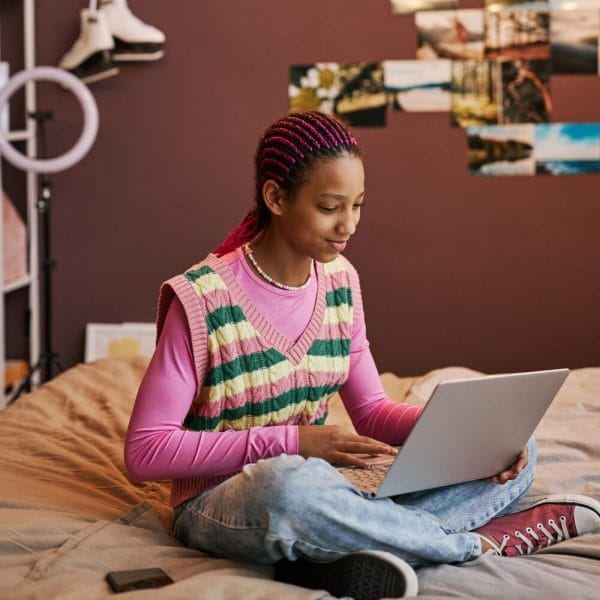In the last few weeks, we’ve all been talking about the new normal. COVID-19 has disrupted almost everything, seemingly overnight; for our kids, elders, coworkers, communities, and each of us individually. There’s suddenly so much coming at us—the challenges, the news, and even the support. We’re taking it in, trying to adjust, trying to find some equilibrium in this new normal.
How to do this is a topic of endless conversation, popular press pieces, and social media posts. It’s overwhelming and it’s hard to know what to pay attention to, what will truly be helpful.
At its core, what we’re after is resilience. At Hopelab where I work, we study resilience and the intentional design of technology to boost it. As social distancing exponentially increases our reliance on tech for virtually everything, the call to design and engage with tech to enable human resilience has never felt more pressing.
What is resilience?
Resilience is the profound capacity in all of us to cope, and even thrive, in the face of adversity; it’s the ability to “bounce back,” both psychologically and physically. Decades of research into the psychological, biological, and social bases for human thriving suggests that (1) resilience is common, and (2) resilience can be actively cultivated. People regularly persevere in the face of adversity, and we can grow as a result so we are less vulnerable to future setbacks. This is the “ordinary magic” of resilience.
So how might we boost resilience in the midst of a pandemic? Studies show three major sources of human resilience in the face of adversity: a sense of purpose and meaning; authentic connection with others; and a feeling of control or agency.
By cultivating these three experiences in times of adversity, we can help ourselves, and others, boost resilience and improve both mental and physical health. As we adapt to the new normal of social distancing and tech-mediated interactions of all sorts, we can leverage technology to help us experience more purpose, connection, and control in our day to day lives, instead of less. Here’s how to get started:
PURPOSE
Individuals with a strong sense of purpose in life experience the world as coherent and meaningful. They have a north star that helps them persist by connecting to a cause greater than themselves. Often, this involves positive actions on behalf of others. Incredibly, scientific studies in social genomics find that those who derive their sense of well-being from this kind of “doing good” for others (vs. simply from “feeling good”) are both less likely to be depressed AND have healthier biology, right down to the level of the genome.
The good news is, we are seeing an abundance of purpose-producing activities right now, as people everywhere find new ways to use technology to give to others, even in the midst of personal struggle. It’s in stories of socially-distanced Americans coordinating online to share supplies, sew, and deliver thousands of masks to healthcare workers. Young people are stepping up to help the elderly get online and stay connected, and generational icons like Taylor Swift and Ariana Grande are donating to Twitter fans financially impacted by COVID-19.
So how can you boost your sense of purpose? Try this: volunteer as a crisis counselor; chat with an elderly person who is stuck at home alone; or explore other virtual volunteer opportunities. You could also join a community organizing effort online, call or write to your government reps to advocate for support for healthcare workers, vulnerable communities, and those most financially impacted. By finding ways to do good, you can cultivate a more resilient mindset and biology, all the while contributing to the greater good.
CONNECTION
Meaningful social connection isn’t the number of Facebook friends or social media followers we have. It’s about authentic, supportive relationships and a sense of belonging. This kind of social connection promotes both biological and psychological health. Why? Because when we feel connected and safe, our body feels safe. When our body doesn’t feel safe, we get sick. The scientific literature is full of examples, but a particularly timely one is a study showing that highly lonely people with small social networks actually had a lower antibody response to the flu vaccine than those with less loneliness and larger social networks.
Social distancing is forcing all of us to rethink the possibilities for the role tech can play in building, rather than weakening, social bonds. At Hopelab, we’ve worked with Grit Digital Health to launch Nod, a research-backed app that helps college students connect during this time of crisis. It provides evidence-based social connection tips and tools that help students maintain meaningful connections while staying safe and adhering to public health directives.
So how else might we build stronger connections and find a sense of belonging through tech? Well, you might take these examples as inspiration: sing with others online; find your exercise tribe and live stream group workouts; have virtual game nights; or even do virtual scavenger hunts with friends.
CONTROL
Ok, “control” here doesn’t mean exerting our will over every aspect of our world and lives. Instead, it’s about a feeling of competence and effectiveness, the sense that what we do matters, and a confidence that we can do the things we set out to do. Behavioral scientists call this self-efficacy, and decades of research show it motivates and sustains action, and is linked to reduced stress, strong coping, and health benefits.
At Hopelab, we’ve been working on ways to design tech to enable a sense of control for over a decade. Our very first project was a video game called Re-Mission, where kids could blast away at cancer cells, battle bacterial infections, and manage the side effects associated with cancer and cancer treatments. It didn’t cure cancer, but it gave kids a greater sense of power and control over the disease. And that sense of control translated into healthier behavior and biology.
From cancer to COVID-19, the lessons are surprisingly similar. What can we control, in the face of so much that we cannot? For some, it’s working on something tangible that can be accomplished, be that pulling weeds, cleaning the house, or baking bread. And then there’s our attention. We actually maintain quite a bit of control over what we pay attention to. We can start by setting intentions for how we want to “show up” every day. This might include using science-backed online resources to start a gratitude practice, look for silver linings, or engage in virtual meditations. It could also look like turning down the constant stream of news stories and tuning in to our kids, working on our relationships, or taking action to support healthcare professionals and essential workers on the front lines.
Moving Forward with Resilience
There’s really no way around it—the new normal is overwhelming. But whatever the challenges—how to caretake for children or parents or both, how to create and collaborate remotely, how to live with those sharing our shelter 24/7—there are opportunities for resilience to be found, and created. Even small moments may help us pause, notice the good, make a connection, or take action. These moments offer us sparks of purpose, connection, and control. When we cultivate them and let them expand, IRL and via tech, we boost our own and others’ resilience, and we keep going, together.




